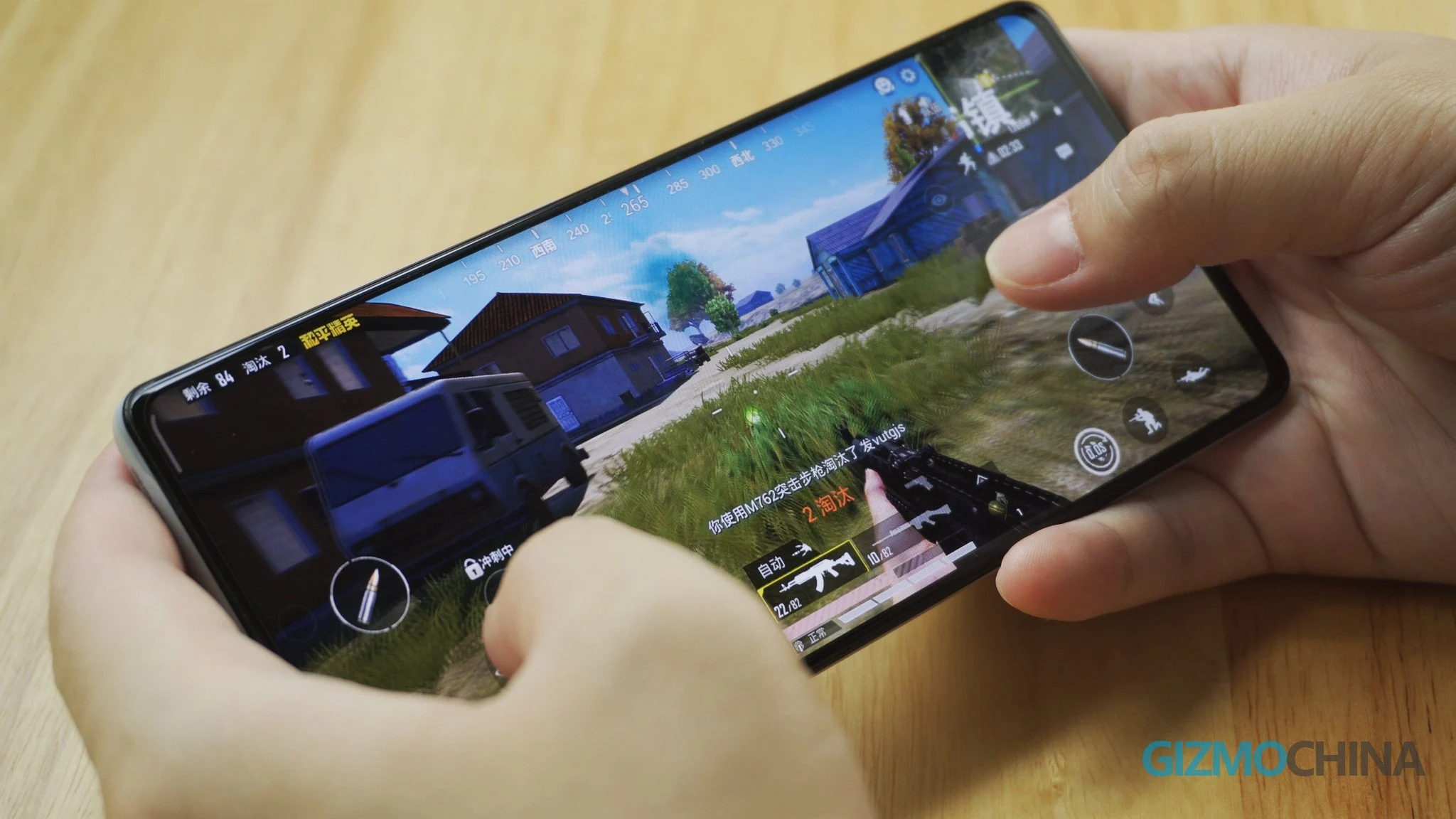Key Takeaways
1. Xiaomi started the Mix series in 2016, introducing all-screen smartphones with under-display cameras.
2. Rumors suggest Xiaomi is still developing its under-display camera technology for a potential Mix 5 model.
3. Perfecting under-display cameras is difficult due to light transmission challenges, often leading to reduced pixel density.
4. The Mix 4 utilized advanced UDC technology, maintaining a resolution of 400 PPI in the camera zone despite previous challenges.
5. While Xiaomi is improving its UDC technology, achieving camera quality comparable to traditional front-facing cameras remains a key challenge.
Xiaomi began its exciting Mix series in 2016, creating one of the earliest all-screen smartphones that didn’t require a hole-punch or pill-shaped cutout for selfies. Instead, these devices cleverly placed the camera below the display. The most recent model, the Mix 4, was launched in 2021, and since then, there hasn’t been any new addition to the lineup.
Rumors of the Mix 5
While Xiaomi hasn’t released new models, a fresh rumor hints that the company is still working on the technology behind it. Digital Chat Station, a trusted source on Weibo, reports that the tech has been “iterating” behind the scenes. This likely pertains to the under-display camera (UDC) system. Furthermore, DCS claims that the current version is “at the highest level in the industry” and will be “mass-produced in due course.” They even provided a strangely precise “98.3721%” chance of this happening, showcasing the tipster’s characteristic cryptic style. This leak suggests that Xiaomi may still be pursuing their Mix vision.
Challenges of UDC Technology
Perfecting under-display cameras is quite challenging because light must penetrate the display to reach the camera sensor underneath. Unfortunately, many display panels struggle to transmit light effectively. To address this, manufacturers often have to modify the pixel layout, resulting in a section of the display becoming more transparent. This change typically leads to a noticeable drop in pixel density in that area, creating a “screen door” effect.
The Mix 4 Experience
When Xiaomi introduced the Mix 4, the UDC technology had already seen three iterations. The company utilized a “micro-drill” pixel arrangement designed to minimize light obstruction and eliminate color distortion in the camera zone, known as the CUP (Camera Under Panel) area. Earlier versions of this technology reduced the OLED resolution in the camera zone from 400 PPI to 200 PPI. However, Xiaomi managed to maintain a resolution of 400 PPI in the Mix 4, effectively addressing the screen door issue. Nevertheless, the camera quality was just average. ZTE has arguably advanced further in UDC innovation, resolving the screen window problem to a large extent, though even their latest attempts still can’t match the image quality of a traditional front-facing camera.
With indications that Xiaomi is once again enhancing this technology, the key question remains whether they can finally bridge the gap in camera quality.
Source:
Link



Leave a Reply